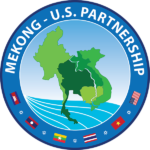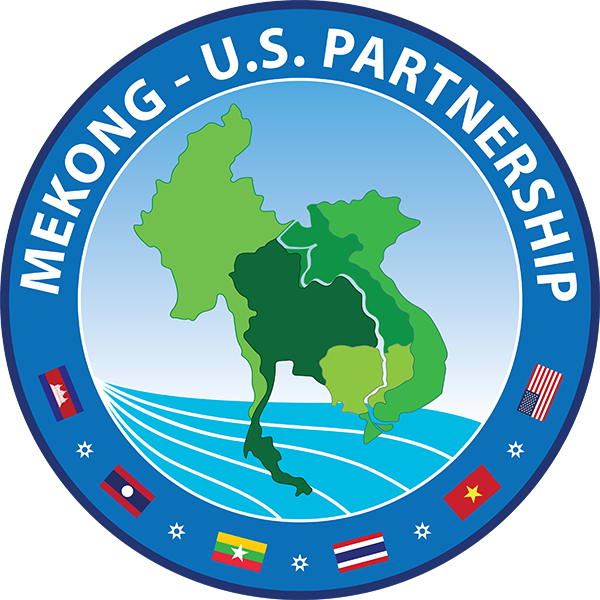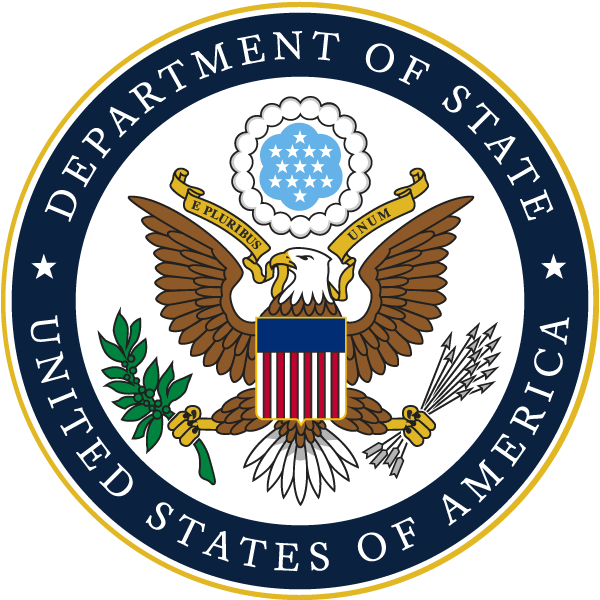Thailand’s energy needs will hugely influence the future of the Mekong and Salween rivers, as its use of renewable energy could reduce demand for hydropower produced by its neighbors. A report published this week by the Sustainable Infrastructure Partnership (SIP) and authored by policy researchers at the Stimson Center foresees a more secure energy future for Thailand— if Thailand continues to implement its latest Power Development Plan to include greater use of solar, wind, and selected biomass energy.
Thailand is responsible for 59% of hydropower investment in Lao PDR, and has existing contracts for development of two major dams on the Salween in Myanmar. Yet renewable energy from domestic sources, such as rooftop solar, would be cheaper and more reliable—and would have major environmental benefits.
The SIP report, Thailand’s Energy Development Pathways: An exploration of risks, costs, and benefits for different import scenarios, analyses three different energy scenarios:
- A high-import scenario of ‘business as usual’ in line with previous energy plans and high levels of investment, which could import up to 18,000 MW annually of electricity from coal and hydropower plants;
- A middle path, based on Thailand’s 2018 Power Development Plan (PDP) that would gradually expand energy imports to around 10,000 MW annually by 2037; and
- A low-import ‘advanced’ scenario that would assume the rapid roll-out of solar, biomass and wind energy within Thailand, limiting overall imports to only 2,000 MW over 2017 levels.
Based on assessment, the authors find that the low import ‘advanced’ scenario would have most benefits for river ecosystems, and would provide a reliable energy supply for Thailand, if supplemented with natural gas from domestic sources and global markets.
The Mekong and Salween river basins are rich in biodiversity, and their forests act as carbon sinks that reduce the impacts of climate change in the region. Construction of planned hydropower dams on the Mekong mainstream and key tributaries would block the migratory path of many Mekong fish species as they travel upstream to spawn, affecting food security. Dams would also severely reduce the transport of rich sediment that sustains agricultural production on Cambodia’s floodplains and the Mekong Delta in Viet Nam.
If Thailand continues to purchase power from its neighbors, tributary dam projects, better integration of solar and wind power in the total energy mix, and energy efficiency measures could be more environmentally-friendly alternatives to mainstream dams.
SIP will conduct further research in consultation with partners to further study the impacts of renewable energy technology, regional drought, and the COVID-19 crisis on energy demand. The research will include energy policy impact assessments in Cambodia, Lao PDR, Malaysia, and Myanmar and opportunities for electricity trade.
The report on Thailand’s energy development pathways was co-financed by the Sustainable Infrastructure Partnership and USAID’s Mekong Safeguard Project.
Get the full report here.
 Mekong - U.S. Partnership
Mekong - U.S. Partnership


